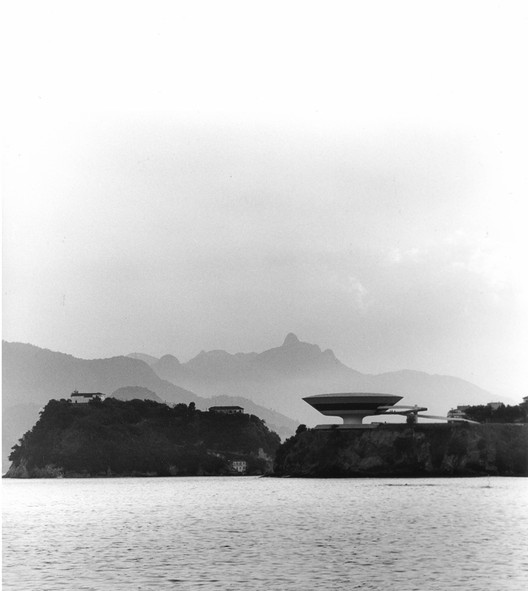
Chosen to curate the Brazilian contribution at the 2014 Venice Architecture Biennale, diplomat and architecture critic André Aranha Corrêa do Lago has revealed plans for an exhibition that will chronologically illustrate the evolution of Brazilian architecture.
180 projects will be exhibited, all of which have either played a significant role in the country’s architectural evolution, such as the pre-Colombian (Indian shacks), vernacular constructions and baroque designs, or have displayed a strong international influence, like the Capanema Palace, Pampulha and Brasília. In addition to this, 50 important personalities, including Lucio Costa, Oscar Niemeyer, Lina Bo Bardi, and Paulo Mendes da Rocha, will be highlighted for their assistance in spotlighting the importance of Brazilian architecture.
“Brazil is one of the countries that absorbed the precepts of modern architecture in the most interesting ways, and this helped strengthen the national identity,” explained Corrêa do Lago. “Unlike other countries, which, over the centuries, developed a typical national architecture—recognizable in caricatural form to other peoples—what we call ‘Brazilian architecture’ is not a legacy of the past, but is actually modern.”

Regarding the period prescribed by the Rem Koolhaas’ theme (1914-2014), the curator sees “Brazil as having been in the middle of a development process in which its architecture walked hand-in-glove with the various and daunting economic challenges posed by accelerated growth.” Furthermore, Koolhaas highlights the relevance architecture had at the time, thanks to its centrality in the pursuit of solutions for a range of urban problems, especially the influx of billions of people into the world’s cities:
“According to the UN, it will be possible to eradicate extreme poverty by 2030. It’s also known that, by that stage, the population will have become overwhelmingly urban as a matter of survival and that humanity will only be able to curb climate change by paring back its unsustainable levels of production and consumption. Brazil has become mainstream on two fronts, insofar as it has kept abreast of the architectonic debate per se and is addressing the major global challenges with effective solutions.”
All projects will be organized into building types: collective housing, individual residences, governmental buildings, schools, urbanism, landscaping, pavilions and cultural centers. Historic images and models will guide visitors through the important works of each period.
The Bienal de São Paulo Foundation was responsible for inviting Corrêa do Lago to serve as curator.


